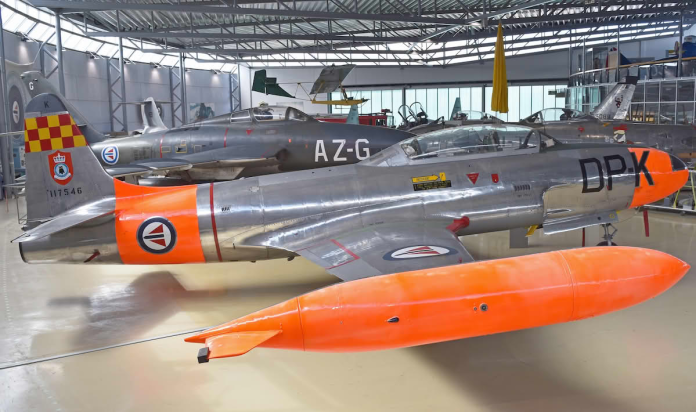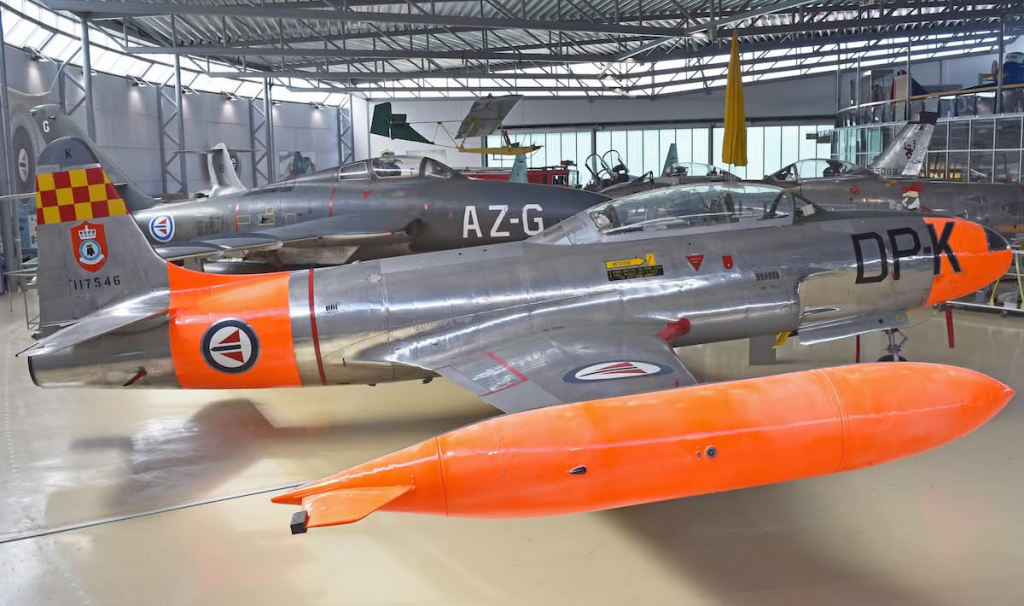
What does a jet from the Cold War have to tell us about the history of military aviation? For pilots familiar only with the rumble of the modern-day fighter, a flight in a T-33 Shooting Star provides a unique bridge between generations. This was the first all-American jet trainer and a type that defined generations of pilots and which even today inspires admiration by the number of its survivors.
Leading up to the Pacific Airshow, a flight in the T-33 revealed both the raw joy of jet-propelled flight and the jet’s enduring legacy. From its humble post–World War II jet beginnings to its role in training thousands of pilots, the T-33 is a bellwether for why technology, training, and performance have progressed over the years. Seven takeaways stand out from flying this icon yourself.

1. The Birth of America’s First Jet Trainer
The T-33 emerged from the urgent need to transition pilots from propeller-driven fighters to jets in the late 1940s. Developed by Lockheed as a two-seat variant of the P-80 Shooting Star, it featured a fuselage lengthened by three feet to accommodate an instructor. Powered by an Allison J33 turbojet, it could reach 600 mph and climb to 45,000 feet.

Between 1948 and 1959, Lockheed built over 5,000 units, with more than 1,000 produced under license abroad. This aircraft became the standard for advanced training, earning the nickname “T-Bird” and, tellingly, the moniker “Ace Maker” for the number of combat-ready pilots it produced.
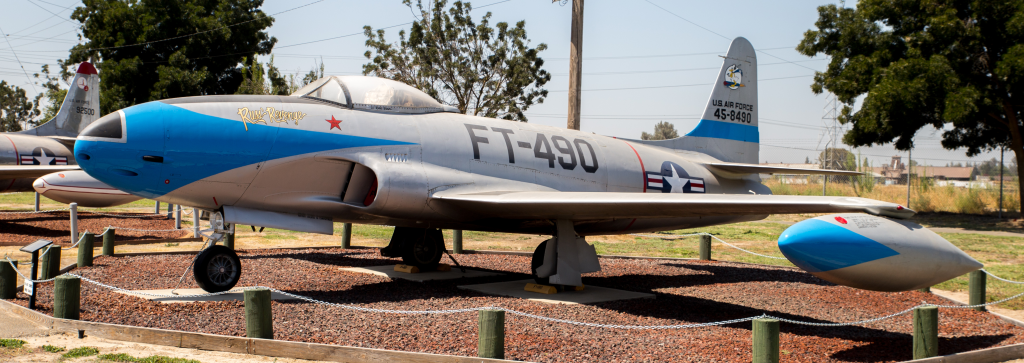
2. From the Skunk Works to the Flight Line
The T-33’s ancestry goes back to Kelly Johnson’s Skunk Works group that developed the original P-80 in 143 days during World War II. Although the fighter itself experienced limited wartime service, its trainer variant would have a long life. Lockheed spent $1 million of its own money to develop the TF-80 prototype, a move that turned out to be prophetic. The USAF accepted it in 1948, and its quality proved so high that only a quarter of the aircraft were flight-tested before delivery. Its strong airframe and docile handling allowed it to teach jet fundamentals without threatening new pilots.

3. Greg “Wired” Colyer and the Ace Maker’s Club
Greg Colyer, a former FAA air traffic controller and US Army veteran, has been the T-33’s most prominent advocate. He restored his initial T-Bird in 2008 and taught himself aerobatics using the Royal Canadian Air Force Handbook. He built his fleet to a total of three planes Ace Maker I, II, III all Canadian-made CT-133 models outfitted with Rolls-Royce Nene motors that delivered roughly 500 pounds of additional thrust than the American model. “It was our very first jet trainer and just an iconic piece of US history,” Colyer said in a Business Insider report. He currently participates in airshows all over the country and aids test pilot training for the US Navy and Air Force.
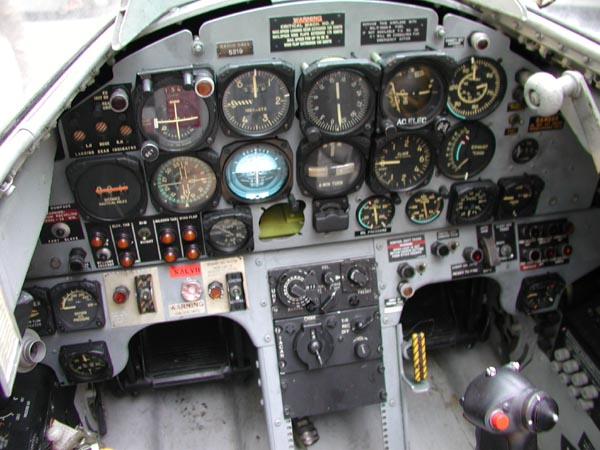
4. The Analog Master in the Digital Age
In the T-33 cockpit, the lack of digital avionics is conspicuous. Rows of analogue instruments airspeed, altimeter, turn co-ordinator, heading indicator mandate continuous reading. With most trainers sporting glass cockpits these days, flying the T-33 reinforces the attentiveness required when working steam gauges. With a reference in analog versus digital training debates that switching between these sets of instrumentation is problematic for pilots these days, the trainees of the Cold War era learned these instruments by way of preparation for frontline fighters.
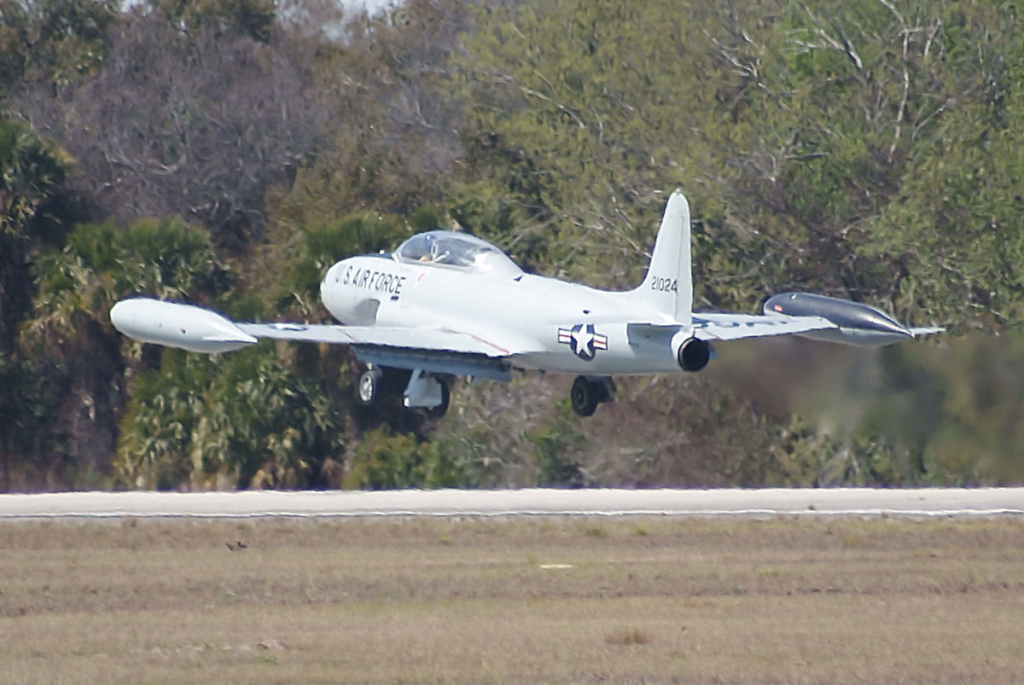
5. Experiencing the Flight
Take-off in the T-33 provides a sudden rush acceleration pushing the body into the seat, the runway disappearing below. The bubble canopy provides all-around vision, and even subtle turns demand distinct G-forces. On a demonstration flight, Colyer maintained speeds of approximately 250 mph, far below the airplane’s capabilities but the perception of power indelibly clear. The jet consumes approximately 300 gallons of gas per hour and keeps flights to around an hour but each minute provides a keen understanding of the mid-century aviator’s lot.

6. Airshow Context and Modern Equivalents
At the Pacific Airshow, the T-33 flew alongside the F-22 Raptor and the Thunderbirds’ F-16s a contrast of first- and fifth-generation jet technology. The Raptor’s stealth shaping and thrust-vectoring quickness is a far cry from the T-Bird’s slab-like wings and mechanical systems. But the T-33’s sleek lines and graceful flying continued to evoke admiration, testifying that style in flight defies the generations.
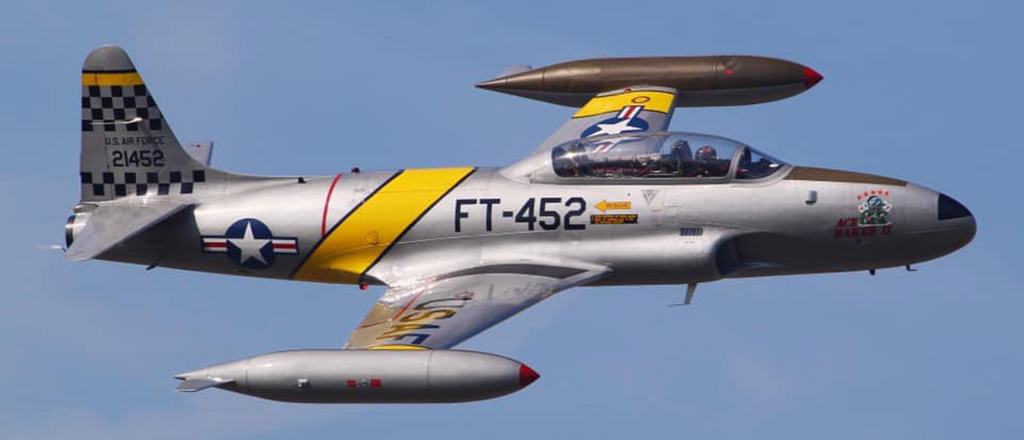
7. A Legacy Still in the Air
While the T-33 has been retired from active US service since 1997, the type is still flying in private ownership worldwide, some 65 or so airworthy specimens. Colyer’s work for the test pilot schools keeps the type current, and students are able to experience in a ‘hands-on’ way early jet performance and flying qualities. As he related to a particular class, “The students really learn a lot Most of them say it’s their favourite plane they’ve ever flown.” Its ongoing appearance at airshows and training exercises will ensure the T-33’s place in military aviation history will never be forgotten.
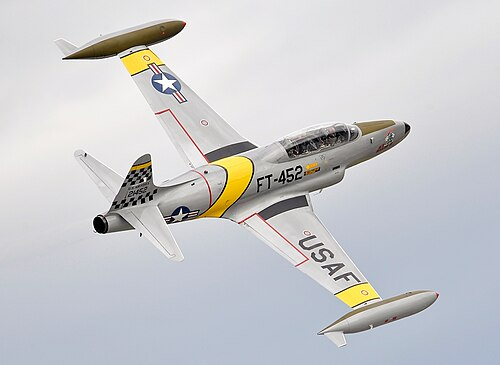
The T-33 Shooting Star is something more than a chapter in aviation history it is a living connection to the beginning of the jet era. Its ongoing flight by dedicated pilots such as Greg Colyer permits young generations to see for themselves the skills, the sensations, and the challenges that characterized early jet training. Under the shadow of current stealth fighters, the T-Bird continues to fly evidence that the way to current airpower was blazed by planes of extreme simplicity, durability, and elegance.
